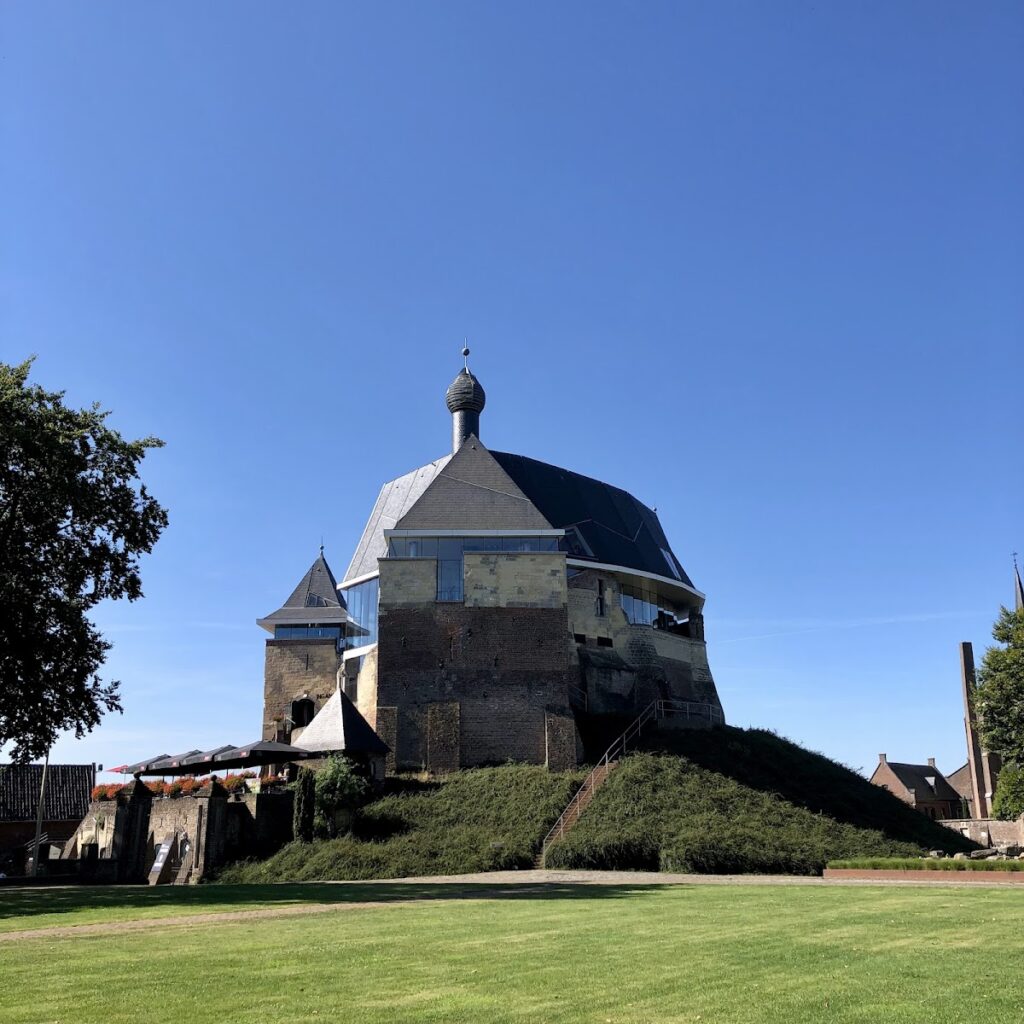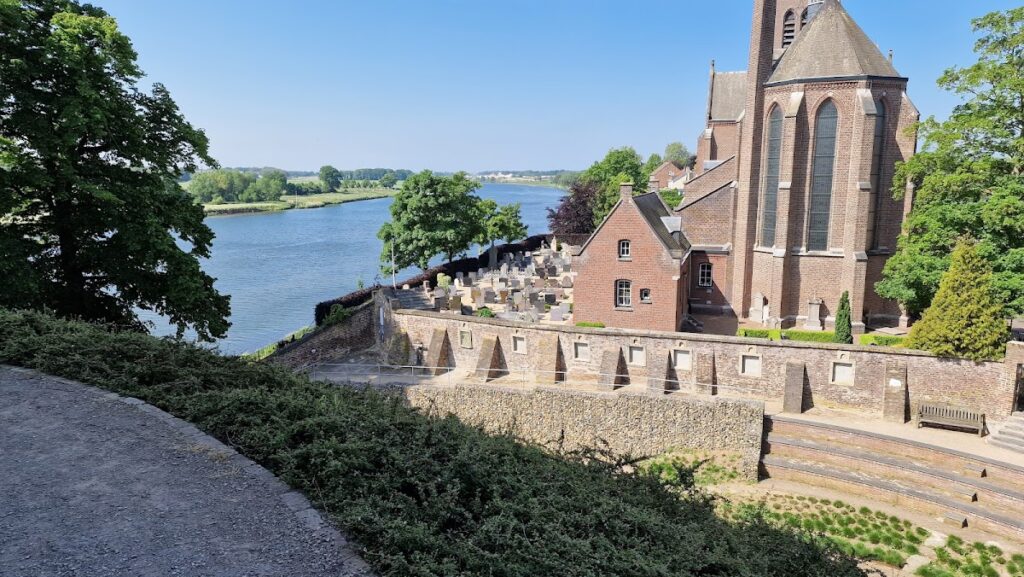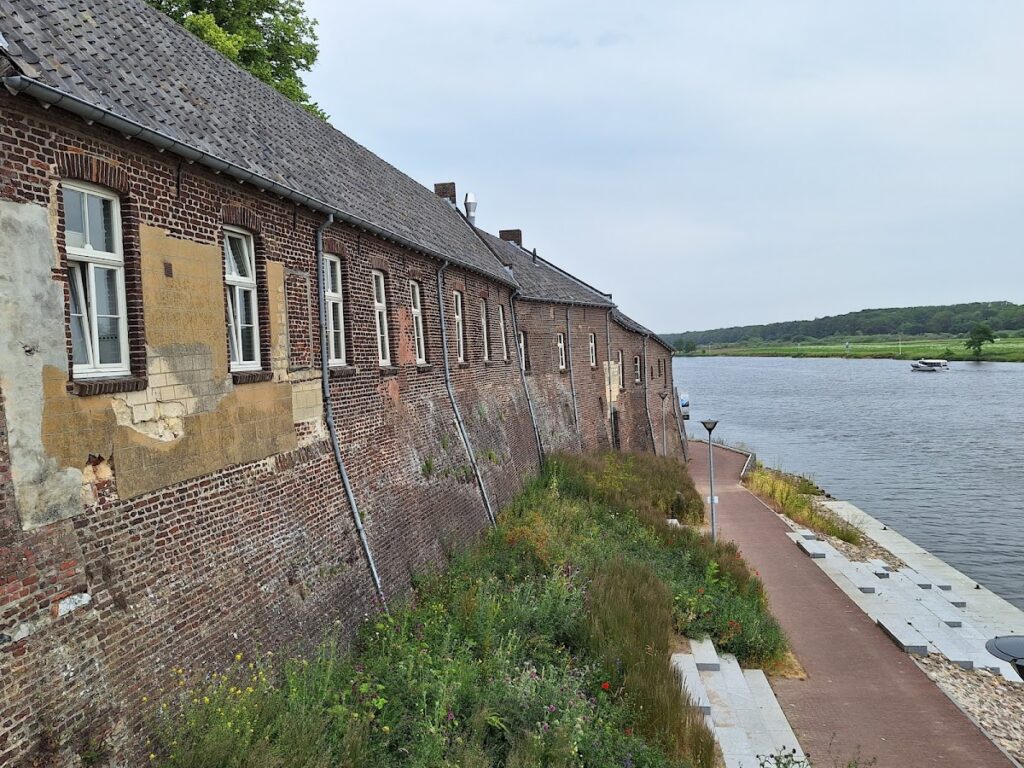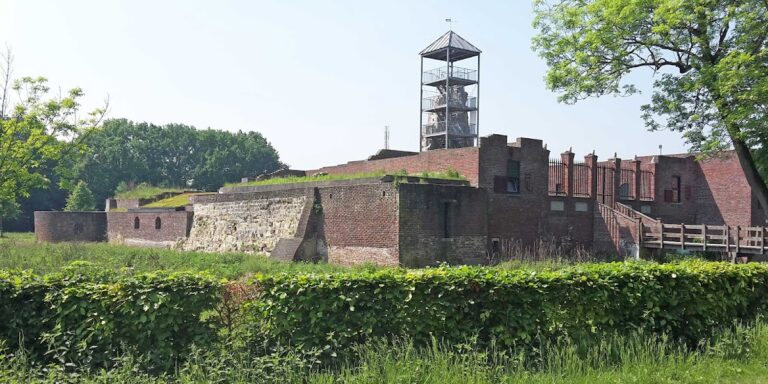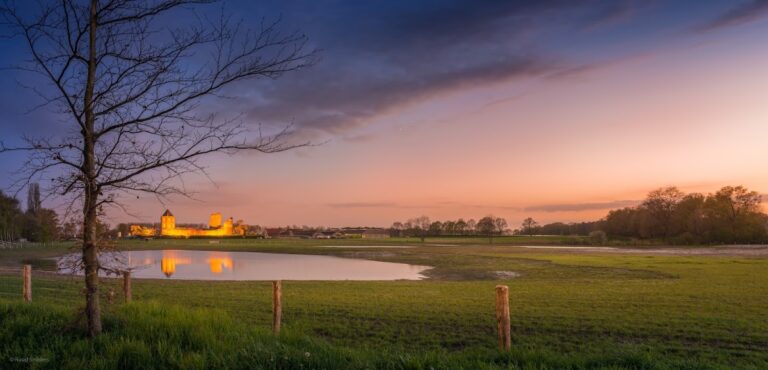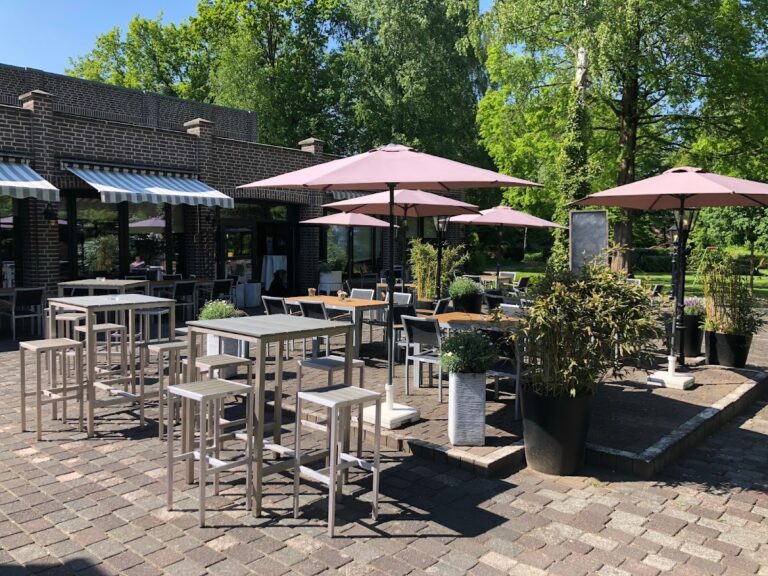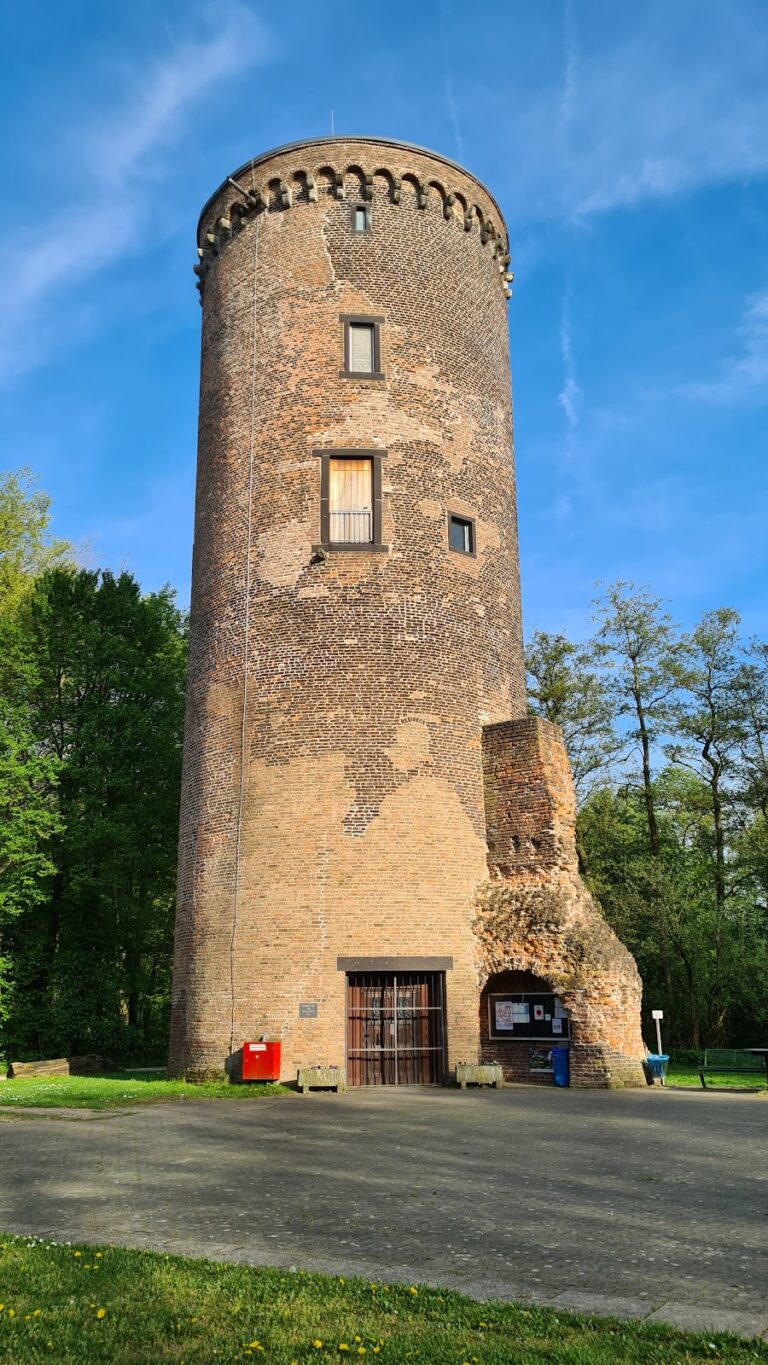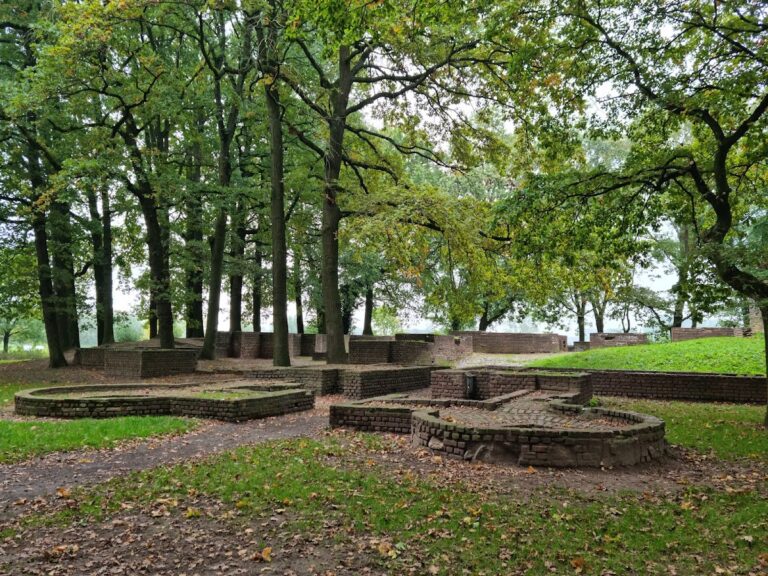Keverberg Castle: A Historic Fortress in the Netherlands
Visitor Information
Google Rating: 4.4
Popularity: Medium
Google Maps: View on Google Maps
Official Website: www.kasteeldekeverberg.nl
Country: Netherlands
Civilization: Unclassified
Remains: Military
History
Keverberg Castle stands in the village of Kessel within the municipality of Peel en Maas in the Netherlands. Built originally by early medieval inhabitants, this fortress has been a key site controlling the Maas River since the 9th century.
Its origins date back to a fortified structure erected primarily to oversee river traffic and collect tolls. The earliest documentary reference appears in the 10th century when Emperor Otto I appointed his nephew Ansfried as count of the surrounding territory, then known as the County of Kessel. Ansfried was granted rights to mint coins and gather tolls along the Maas, emphasizing the strategic and economic importance of the site. Later, in his capacity as bishop of Utrecht, Ansfried founded the Abbey of Thorn. Following him, his illegitimate son Balderik took over, succeeded by Hendrik I and his descendants, who maintained control until the castle’s sale in 1279 to Reinoud I of Gelre.
After acquisition by Reinoud I, the castle’s stewardship was entrusted to Godfried van Berck, who eventually claimed the title Lord of Kessel. The Van Berck lineage ended in 1541, after which Caspar van Merwijck inherited the estate. Under the Van Merwijcks, the castle remained influential, maintaining relations with prominent figures such as military leader Maarten van Rossum, Emperor Charles V, and Prince Maurice, as well as Archduke Albert of Austria.
The year 1597 marked a turbulent episode when soldiers from the Dutch Republic, often called Staatse troops, set the castle aflame. Following the destruction, the Van Merwijcks rebuilt Keverberg as a substantial three-story brick residence. The Van Merwijck family line ended in 1779, leading to the castle passing to Caspar Baron van Keverberg, whose name the castle later adopted. His death by drowning in the Maas inspired local folklore about his ghost haunting the river’s waters.
The final noble to live at Keverberg was Frederik Hendrik Karel de Keverberg, who died in 1876. Subsequently, the castle ceased to be a noble residence and instead provided housing for children of river workers. In 1903, ownership shifted to the Sisters of Divine Providence, who transformed the building into a convent and a girls’ boarding school known as St. Aloysius.
During the Second World War, German forces occupied the castle. Upon their retreat, they deliberately destroyed it by fire and explosion, leaving only parts of the outer walls and some key structural elements standing. The municipality acquired the ruins in 1953 and decided to stabilize the remains rather than fully reconstruct the castle. This approach aimed to preserve much of the medieval character, with some exceptions for additions dating from the seventeenth century.
A major restoration effort took place in 2015, supported by a five million euro fund. This project featured a modern extension with concrete floors held up by delicate columns and large glass windows, distinguished by a roof styled after the eighteenth century and covered with slate. Excavations during this restoration revealed a lead coffin containing human remains believed to belong to Frederik Hendrik Karel de Keverberg, whose burial had been previously unknown.
Remains
Keverberg Castle occupies a raised earthwork known as a motte, approximately nine meters high, formed by enlarging and reshaping the original mound. Early fortifications include massive walls about two meters thick, constructed from natural stones and rounded cobbles taken from the Maas River. These sturdy walls once supported a wooden residential tower measuring around fifteen meters square.
The stone structures visible today date predominantly from the twelfth century. This phase includes a fortified tower and a surrounding curtain wall made of marlstone, a soft limestone common in the region. The ring wall features a protected walkway along its interior, supported by a series of arches. Within these walls sits a large hall and an adjoining gate tower, both originating in the thirteenth century.
Enhancements continued through the centuries: in 1325, a square donjon—a strong central keep—was added on the northeast side, placed outside the main ring wall. Around 1400, a new gate tower called the Maastoren was erected on the southeast side, providing additional defense and control over entry to the castle complex. Over time, further buildings filled the interior courtyard, reflecting the castle’s evolving role and requirements.
The castle overlooks the nearby Maas River, with the height difference between the motte and riverbank managed by stairs and terraced landscaping. Immediately to the west stands the Church of the Nativity of Our Lady (Onze-Lieve-Vrouw-Geboortekerk), highlighting the historical relationship between the castle and local religious institutions.
The destruction during World War II left only portions of the castle intact. Among the surviving elements are parts of the ring wall with its characteristic niches and battlements, a section of the battlement walkway, remnants of the great hall’s walls, a side tower, and the gate tower. The vaulted cellar beneath the great hall has since undergone restoration, preserving this significant subterranean space.
The restoration in 2015 introduced a contemporary annex constructed with slender columns that support concrete floors, while the roof was designed to resemble eighteenth-century styles and covered in slate tiles. Large glass panels replace traditional small dormer windows, allowing more light and creating a connection with the surrounding landscape. Glass facades fill the spaces between columns, and a gently sloping glass roof covers the courtyard, combining historic elements with modern architectural touches.
During excavation works in the castle garden, workers discovered a lead coffin containing human remains. This burial is believed to be that of the last baron, Frederik Hendrik Karel de Keverberg, clarifying a long-standing uncertainty about his final resting place.
